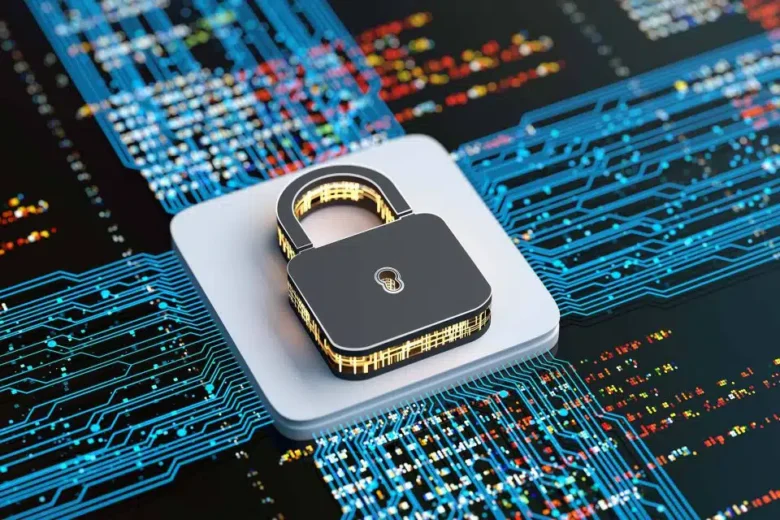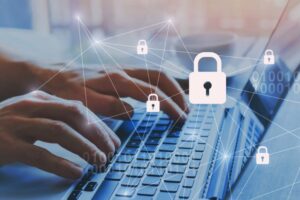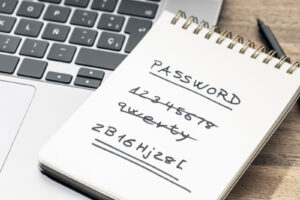The internet is becoming increasingly indispensable in our daily lives. It provides us with access to information, entertainment, shopping, and communication. While the digital world makes life easier in many ways, it also introduces vulnerabilities that can compromise your privacy, security, and personal data. Cybercriminals are constantly developing new methods to steal information, such as phishing, malware, and identity theft. To protect yourself and your devices from these threats, safe browsing is crucial. By mastering the correct internet practices, you can use online services without revealing personal information or becoming a victim of cybercrime.
The Importance of Safe Browsing
Safe browsing is not only a beneficial habit but also a necessary measure to ensure cybersecurity. When you visit websites, download files, or click on links, you could encounter malware or phishing attacks. Cybercriminals often hide malicious content behind fake websites, emails, or advertisements to trick people into providing personal information or installing malware. Developing safe browsing habits can reduce the risk of data breaches, financial loss, and privacy violations. Prioritizing safe browsing ensures that your online activities and personal information are secure.
Use Secure and Trustworthy Websites
Using secure and trustworthy websites is one of the easiest ways to ensure your online security. HTTPS is a widely used security protocol for websites. It encrypts the data sent and received between your browser and websites. This encryption prevents hackers from obtaining your passwords, credit card numbers, and other personal information. Furthermore, using trusted websites reduces the risk of spyware or scams. Don’t click on suspicious links or visit unverified websites. Attackers often exploit these vulnerabilities to trick users. A fundamental step in safe browsing is ensuring that the websites you visit are secure.
Keep Browsers and Software Updated
Cybercriminals prefer to attack older browsers and software. Hackers exploit security vulnerabilities in older versions to hack devices and steal personal data without permission. Regular updates to your browser, operating system, and software ensure that security patches are applied quickly, reducing the risk of hacking. Most modern browsers support automatic updates; enabling this feature protects your computer without any additional effort. Keeping your software up-to-date not only improves security but also optimizes browser performance and website compatibility.
Avoid Clicking Suspicious Links
Phishing attacks and malicious websites sometimes use fake links to trick users into providing personal information or downloading malware. You may encounter these links in emails, social media posts, pop-up ads, or online advertisements. Always check the source before clicking a link, and avoid links that look strange or dangerous. Hover your mouse over a link to see where it leads, and be cautious of unsolicited messages. These are effective strategies for preventing unintentional exposure to online risks. Not clicking on suspicious links is a simple and effective way to ensure your online safety.
Use Strong Passwords and Authentication
Even when you browse the internet securely, weak passwords can compromise your online accounts. If you use strong passwords for every website, and each password is different, a hacker can’t access multiple accounts even if they steal one password. Passwords that contain a combination of uppercase and lowercase letters, numbers, and special characters are harder to guess. Furthermore, enabling multi-factor authentication can further enhance security, as it requires other verification methods besides a password to log in. Strong passwords and authentication mechanisms work together to ensure the security of your online accounts, even if you encounter other risks while browsing the internet.
Limit Sharing Personal Information
Many online activities require you to share personal information, but you should choose carefully what you share. Sharing too much information on social media, forums, or online forms can make you a victim of identity theft, fraud, and other illegal activities. Don’t share unnecessary information, use privacy settings to control who can view your data, and don’t post private information publicly. Carefully handling the personal information you provide online helps protect your privacy and reduces the risk of becoming a victim of cybercrime. To browse safely, you must protect your device and online identity.
Use Antivirus Software and Other Security Tools
Antivirus software and other security measures can provide you with additional protection when you’re online. These programs can detect and block malware, phishing, and other illegal activities, preventing them from harming your device or data. Many security solutions can also warn you when a website or downloaded content is unsafe. To ensure the security of your device, regularly check, update, and configure your antivirus software correctly. Using antivirus software and developing safe online habits can significantly reduce the chance that online threats will compromise your online security.
Use Public Wi-Fi with Caution
Public Wi-Fi networks in places like hotels, airports, and cafes are convenient but often not secure. If you don’t take precautions when using these networks, hackers can steal your data. Avoid logging into sensitive accounts, like bank or email accounts, when using public Wi-Fi. A Virtual Private Network (VPN) can encrypt your connection and protect your data, even on unsecured networks. Careful use of public Wi-Fi is an important part of safe online browsing, as it prevents hackers from exploiting weak connections.
Monitor Online Accounts Regularly
Safe online browsing also involves closely monitoring your online accounts. Watch for unusual activity or unauthorized login attempts to your email, social media, and bank accounts. Many programs alert you to unusual activity, allowing you to quickly address potential risks. You can maintain control over your personal information by regularly checking for security vulnerabilities and addressing them before they escalate. Closely monitoring your account activity is another way to ensure your online safety.
Conclusion
In today’s rapidly changing online landscape, safe browsing is crucial. People can significantly reduce their risk of cyberattacks by visiting secure websites, keeping software up-to-date, not clicking on suspicious links, using strong passwords, minimizing personal information leaks, utilizing security tools, being cautious on public Wi-Fi networks, and closely monitoring account security. Safe browsing is more than just a technical skill; it’s a mindset that prioritizes privacy, security, and security awareness. By following these steps, you can enjoy the internet while protecting your personal information, devices, and online accounts from cyberattacks.
FAQs
1. What does safe browsing mean?
Safe browsing means taking measures to protect your personal information, devices, and online accounts from cyberthreats while browsing the internet.
2. How do you prevent phishing?
Be wary of suspicious links. Check the source before clicking. Don’t share private information in messages you don’t trust.
3. Why should you keep your software and browser up-to-date?
Updates fix security vulnerabilities and prevent unauthorized access to your devices and data.
4. Why use a VPN when using public Wi-Fi?
VPNs protect your data from being intercepted by unsafe networks like public Wi-Fi by encrypting your connection.
5. What are the benefits of strong passwords and two-factor authentication?
Strong passwords are difficult to guess, while two-factor authentication provides an extra layer of security to ensure the safety of your account.




